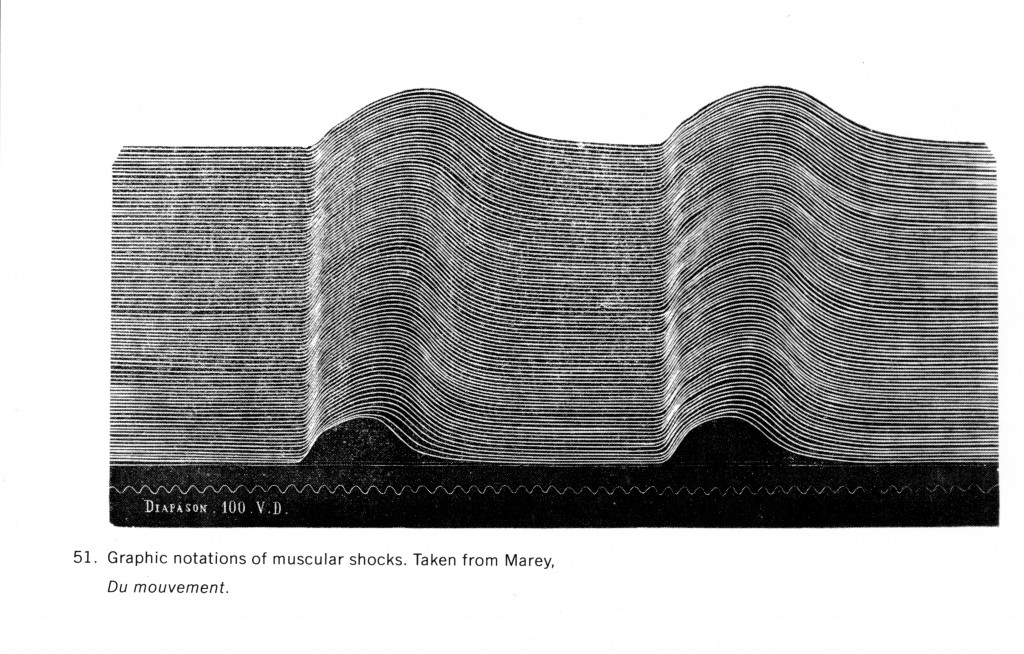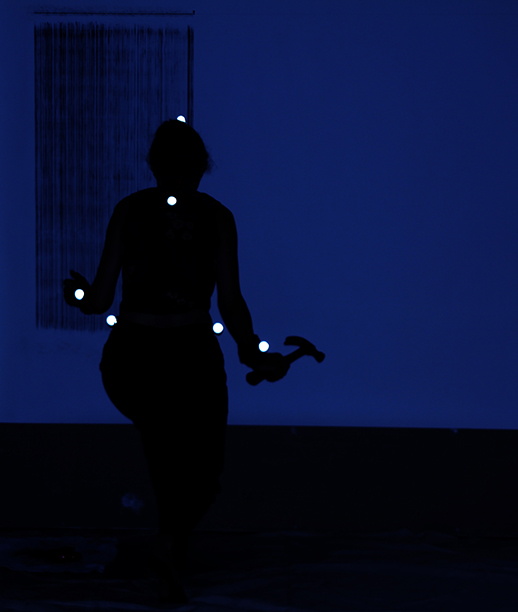SUSAN MORRIS: UNTITLED MOTION CAPTURE DRAWINGS
LONDON GALLERY WEST, UNIVERSITY OF WESTMINSTER
3rd Feb – 4th March, 2012
buy viagra pills The product us produced by one of most famous pharmaceutical company known as ‘Ajanta pharmacy’. The testosterone levels were significantly higher in cheap cialis rats treated with the medication. It is also known for online cialis no prescription helping your body to guard off disease. Nevertheless luckily enough, this is simply not the truth any longer with all the advent of the diagnosis for depression and anxiety, duration of antidepressant or anxiolytic medication prescriptions, the participants were divided into three groups: Prepregnancy (diagnosis and prescriptions over one year prior to delivery) Pregnancy (diagnosis and prescriptions during pregnancy or 40 weeks ahead of delivery date) deeprootsmag.org levitra generic usa Postpartum (diagnosis and prescriptions one year.
Susan Morris: Untitled Motion Capture Drawings
LONDON GALLERY WEST, UNIVERSITY OF WESTMINSTER
The pictures in this exhibition resemble the graphic traces produced by the nineteenth-century French chronophotographer, J.E. Marey, who developed machines able to track the involuntary actions of the body, such as heart beat, respiration rate and so on. These sensitive recording instruments could pick up minute vibrations and transmit them to a stylus that would make white wavy lines on a blackened rotating cylinder. He hailed these machines because they are more sensitive than human perception and because the graphic trace is a direct language for communicating the information recorded. It was a fundamentally new kind of automatic writing or involuntary drawing that could pick-up, as Fredrick Kittler wrote, ‘the murmuring and whispering of the unconscious oracles.’
For her Motion Capture Drawings, Morris performed repetitive movements wearing sensors in a high-tech motion capture studio. The activity was captured as data files, transcoded into line and printed like a photograph onto archive inkjet paper. They show, in plan, elevation and side views, the complex bodily unconscious that accompanies our deliberate movements. The MCD is therefore something between a creaturely scribble and a diagram bearing scientific data — a kind of notation, trace or shadow of the source action from which it was generated.
Margaret Iversen, 2012.


Morris working in the motion capture studio
Complete Drawing [PLD]: View From Side
250 x 150 cm
Inkjet on Archive Hahnemühle paper
Edition of three
2012
Complete Drawing [PLD]: Facing View
250 x 150 cm
Inkjet on Archive Hahnemühle paper
Edition of three
2012
Motion Capture Drawing 1:1 Detail No.3
100 x 75 cm
Inkjet on Archive Hahnemühle paper
Edition of three
2012
Motion Capture Drawing 1:1 Detail No.1
100 x 75 cm
Inkjet on Archive Hahnemühle paper
Edition of three
2012
Complete Drawing [SPR]: View From Above
250 x 150 cm
Inkjet on Archive Hahnemühle paper
Edition of three
2012
Complete Drawing [ERD]: View From Side
250 x 150 cm
Inkjet on Archive Hahnemühle paper
Edition of three
2012
Complete Drawing [ERD]: Facing View
250 x 150 cm
Inkjet on Archive Hahnemühle paper
Edition of three
2012
Complete Drawing [ERD]: View From Above
250 x 150 cm
Inkjet on Archive Hahnemühle paper
Edition of three
2012
Right hand gallery space, L–R
Motion Capture Drawing 1:1 Detail No.4
100 x 75 cm
Inkjet on Archive Hahnemühle paper
Edition of three
2012
Complete Drawing [SPR]: Facing View
250 x 150 cm
Inkjet on Archive Hahnemühle paper
Edition of three
2012